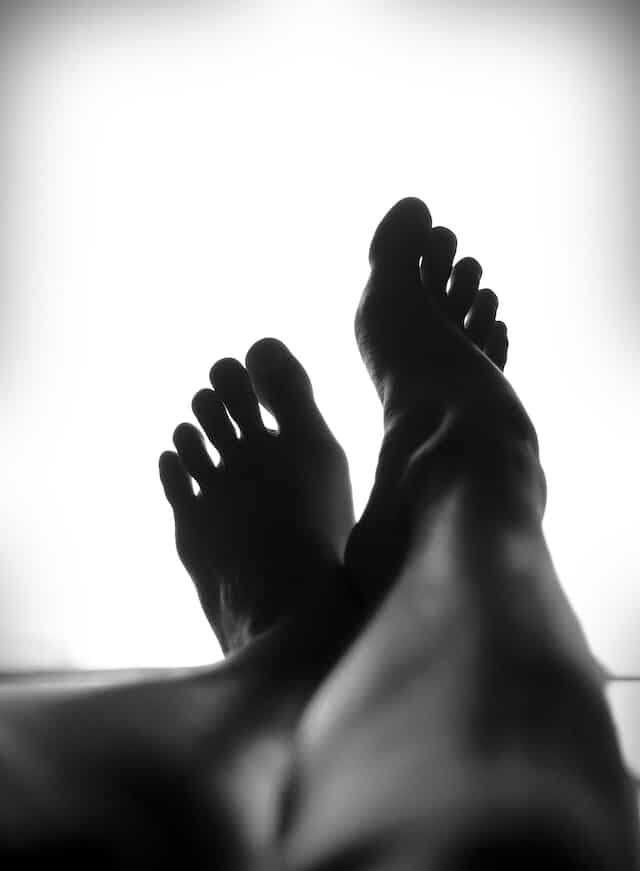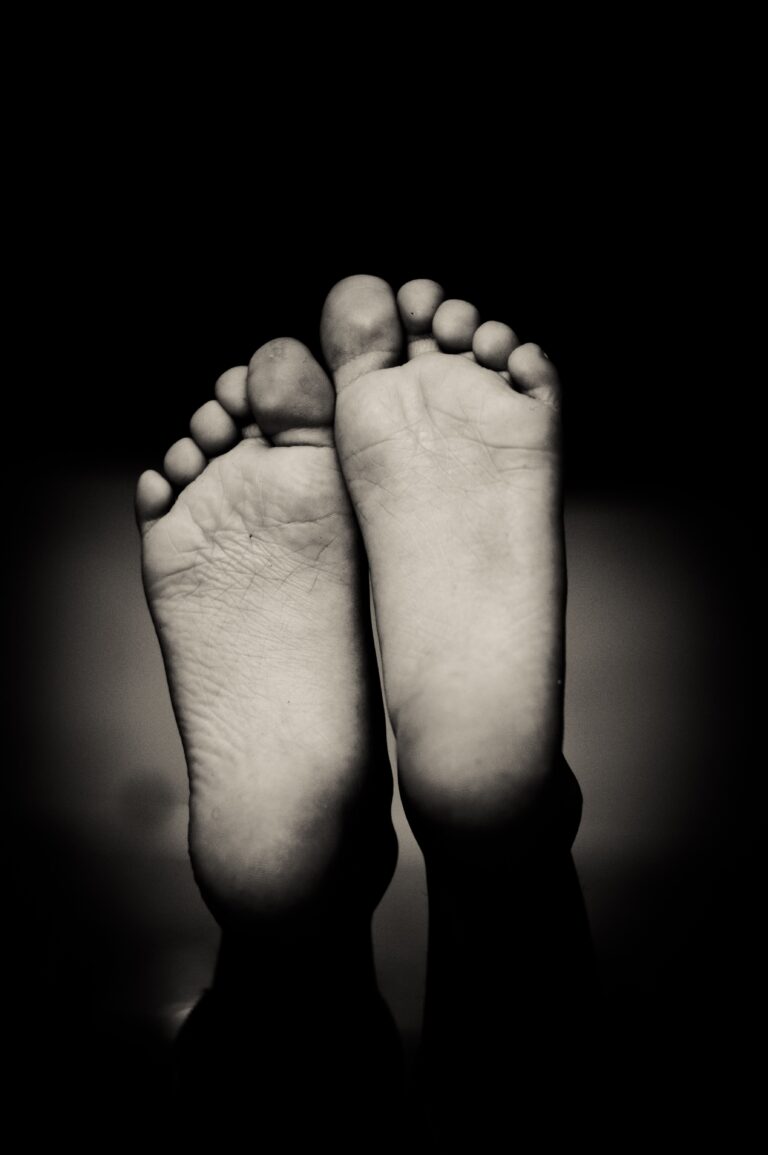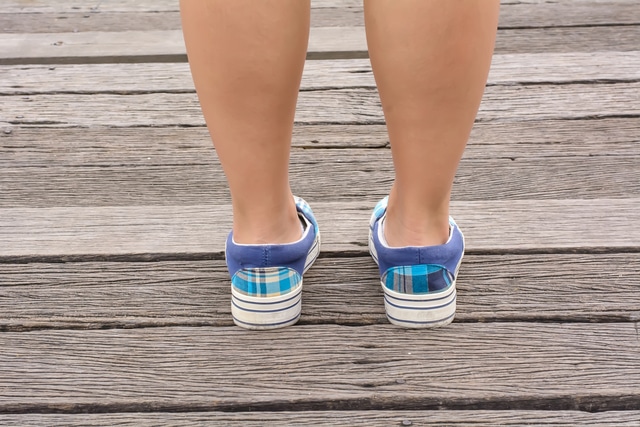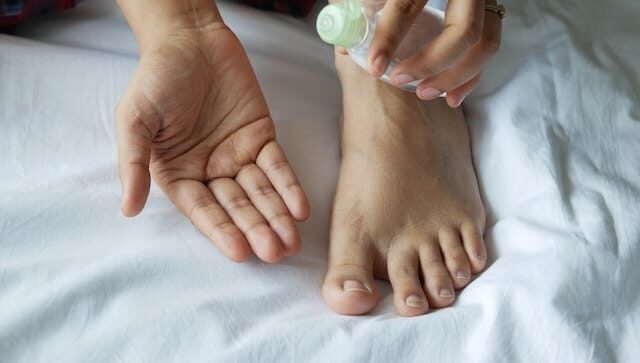Ultimate Guide for Foot Care in Diabetes
Diabetes is a chronic disease that affects many different parts of your body. It can affect your eyes, kidneys, heart and more. But did you know that diabetes can also affect your feet? In fact, foot problems are one of the most common health issues for people with diabetes. Read on for a realistic diabetes foot care guide.
Foot problems are the most common complaint with diabetics
If you have diabetes, foot problems are the most common complaint and cause of hospitalization. They can lead to serious infections and ulcers that require amputation. In fact, foot problems are the most common reason for a diabetic to have surgery.
For people with diabetes who have nerve damage in their feet (neuropathy), it’s important to check your feet every day for sores or blisters that may need treatment by a doctor or podiatrist (foot doctor). You should also see your doctor if you notice any changes in how your feet look or feel–even if it’s just an itchiness you can’t scratch! A good diabetes specialist will give you a treatment plan for your injured foot!
Importance of care for your feet in peripheral neuropathy
Peripheral neuropathy is a common complication of diabetes that can cause numbness in the feet. Numbness means you may not be able to feel pain or injuries, which makes it hard to detect pressure or temperature changes. It can also make it difficult to detect vibrations, which may explain why some people with diabetes have trouble walking on uneven ground or stepping over small objects like rocks or sticks (even if they’re right in front of their face).
If your doctor has told you that you have peripheral neuropathy–or if you suspect that this might be part of your condition–it’s especially important to take care of your feet so they stay healthy as long as possible!
Guide to take care of your feet every day:
- Clean your feet.
- Dry your feet completely after washing them, especially if you have a foot ulcer or other skin problem. The dryer the better!
- Wear shoes that fit well and are made of leather (not plastic). You can also style your look with stylish leather chelsea boots and look fabulous! Loose-fitting shoes can cause blisters and make your feet swell up, which can lead to more problems down the road.
- Wear socks made with cotton or wool–they’ll help keep your feet warm in winter weather, but also allow them to breathe during warmer months so they don’t sweat too much inside their shoes all day long either! This is especially important if you have diabetes because excess moisture on top of an already elevated blood sugar level could lead to infection or even gangrene later down the road if left untreated quickly enough.
You may get an ulcer if you have poor circulation
If you have poor circulation, it’s more difficult for your body to heal wounds. This can lead to ulcers on the feet, which are painful and can be serious. With this diabetes foot care guide, If an ulcer doesn’t heal properly and gets infected, it may need to be removed by a doctor. If this happens frequently enough over time, it could mean that you need to have an amputation so that the rest of your leg can heal properly without being damaged by the infection in its current state.
Cuts and burns are especially common in diabetics
You’re more likely to get cuts and burns than people without diabetes. This is because of the damage that can be done to your blood vessels, which makes it harder for them to heal properly.
The skin is a barrier that protects your body from the outside world. When you have diabetes, this barrier becomes damaged by high levels of sugar in the blood stream. This means wounds take longer to heal than normal–and if they don’t heal properly at all!
Wear shoes that fit well and help you walk more easily:
- Wear comfortable shoes. Your shoes should be soft, wide, and roomy enough to allow your toes to move around freely.
- Look for shoes with good arch support if you have flat feet or high arches (hypertrophy). This will reduce stress on the plantar fascia ligament in your foot and help prevent it from becoming inflamed or painful. You can also go for ankle strap boots, which are lightweight and also absorb shock which decreases the trauma risk from heel strike!
- Choose breathable footwear made of leather or synthetic materials such as Gore-Tex that let moisture escape so your feet don’t get wet inside the shoe when wearing them in rainy weather conditions outdoors during summertime months when temperatures are hot outside too!
Treatment plan for dry, cracked heels and toes:
Your doctor can help you devise a treatment plan for dry, cracked heels and toes.
- If your condition is severe, he might prescribe a cream or ointment to help with dryness. This can be applied every day before bedtime on the affected areas of skin. Your doctor may also recommend foot creams and ointments that you can buy over the counter or online.
- You may need to wear moisturizing socks and shoes at night while sleeping so that they absorb moisture from the air during sleep hours when your feet are inactive (not moving). This will prevent further drying out of skin in these areas during this time frame when no movement occurs during sleep hours!
Make sure to always have a pair of socks on hand to help:
- prevent blisters.
- keep feet dry.
- keep feet warm.
- prevent skin damage and infections by keeping your skin dry and healthy, which makes it harder for bacteria to grow in the first place!
Brush your feet daily
You can use a soft brush or washcloth, but make sure that you’re gentle when doing so. Brushing your feet before bed and again in the morning will help keep them clean and free from bacteria that causes odor, infections and other problems. It’s also important to wash your feet after exercising or swimming–or if you have cuts or sores on your soles–to prevent infection from spreading into the bloodstream through open wounds in the skin.
Keep your blood sugar under control to prevent foot injuries
Keeping your blood sugar under control is the best way to prevent foot injuries. If your blood sugar is high, you are more likely to get a foot injury. If it’s low, you’re also at risk for injury because of poor circulation and nerve damage that can occur when blood sugar levels drop too low (hypoglycemia).
Monitor for signs of infections in your feet:
- Signs of infection can include redness, swelling or warmth. If you have diabetes and notice any of these symptoms in your feet, see a doctor immediately.
- If you develop an infection in one foot, it’s likely that the other foot will also become infected. This is because both feet share the same blood supply and nerves (the largest nerve in your body travels from each side of your spine down through each leg).
Conclusion
We hope this article has helped you understand how important it is to take care of your feet. They are one of the most important parts of your body, so make sure that they’re healthy and safe!
Image Credit






